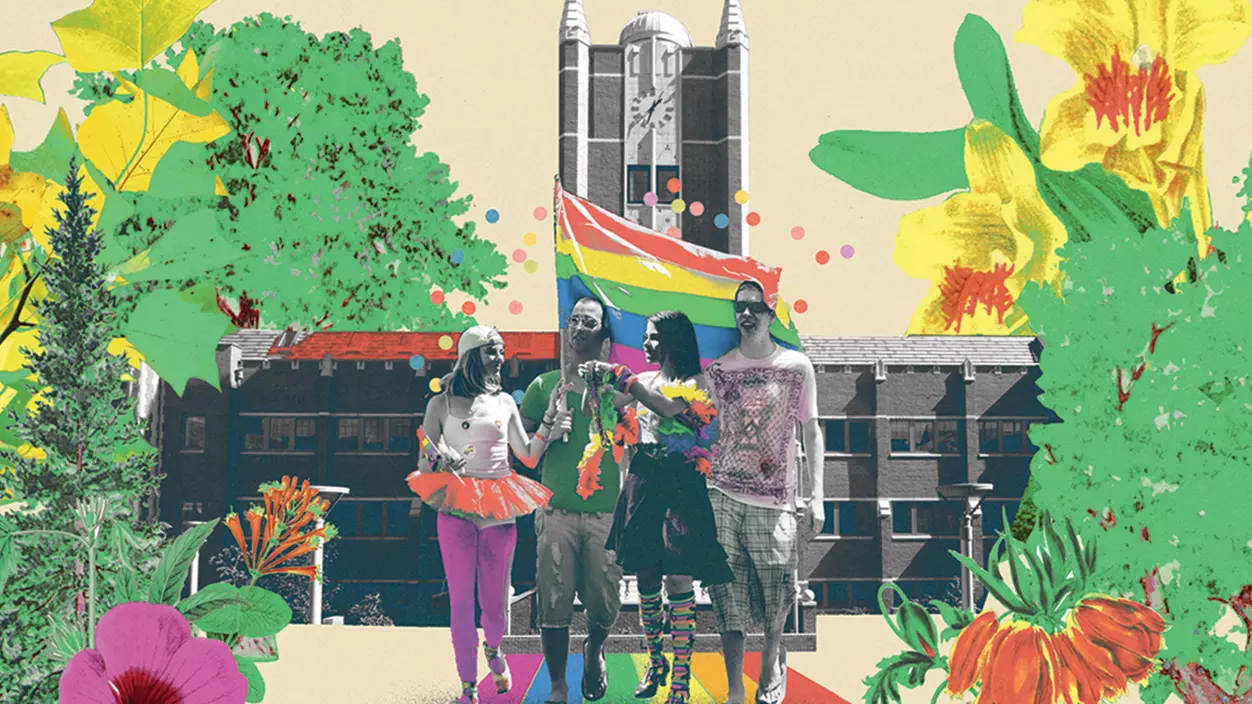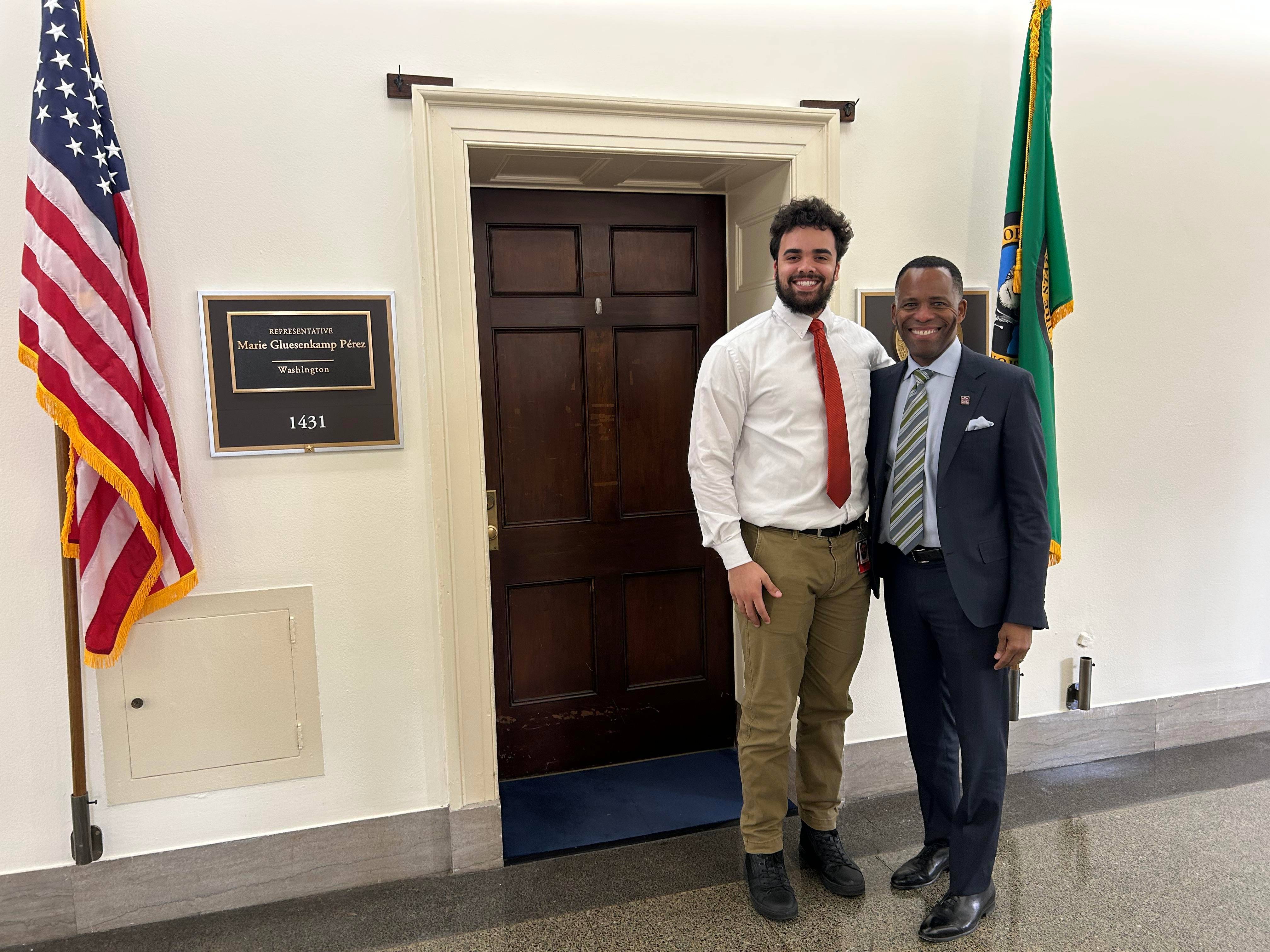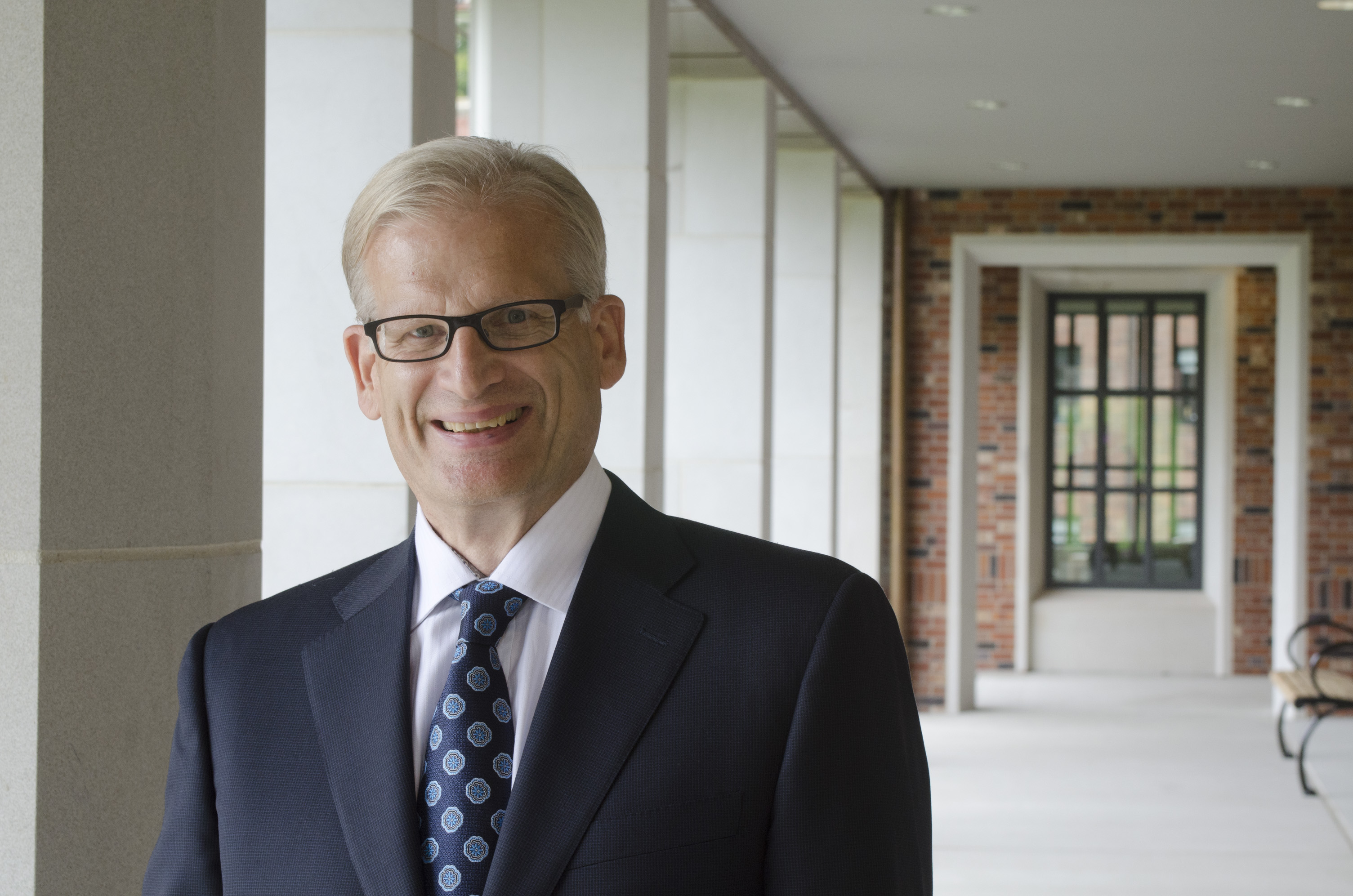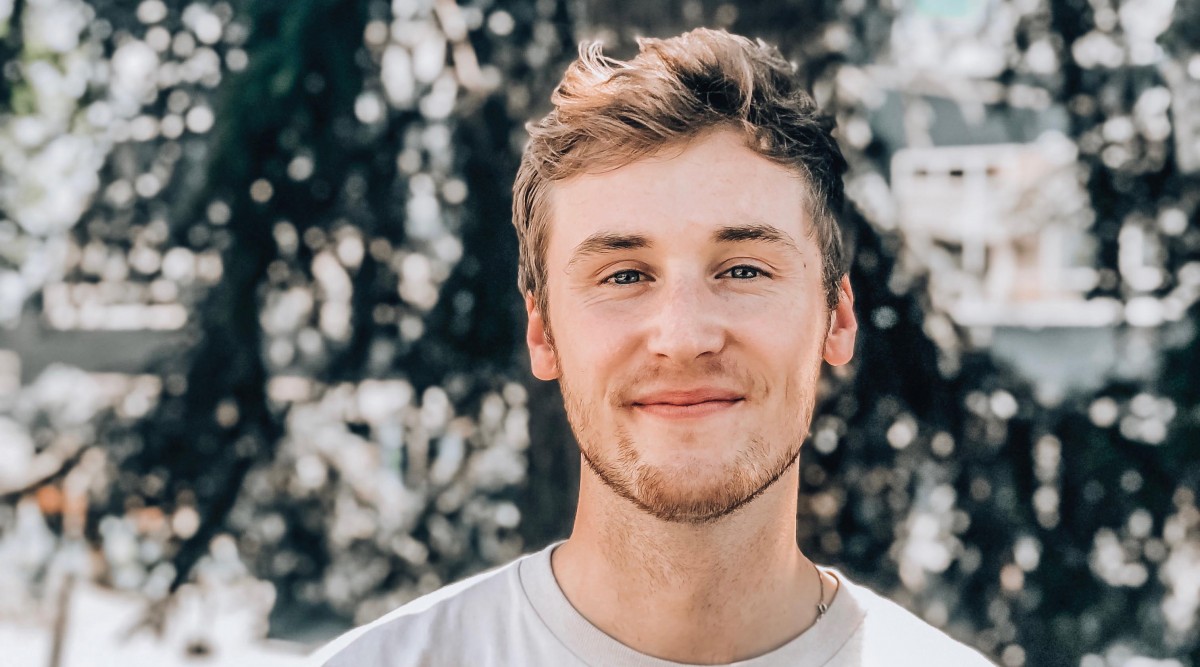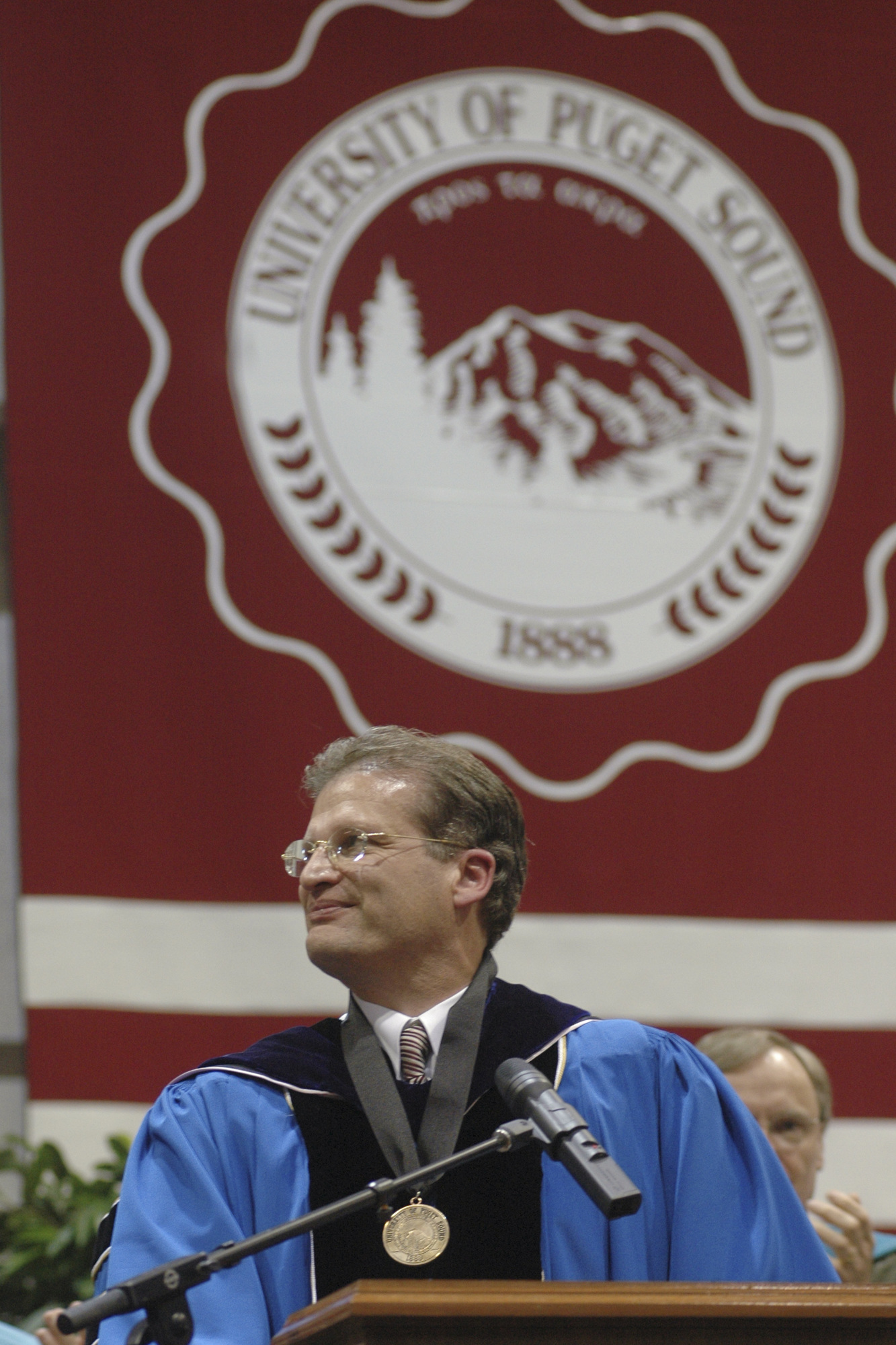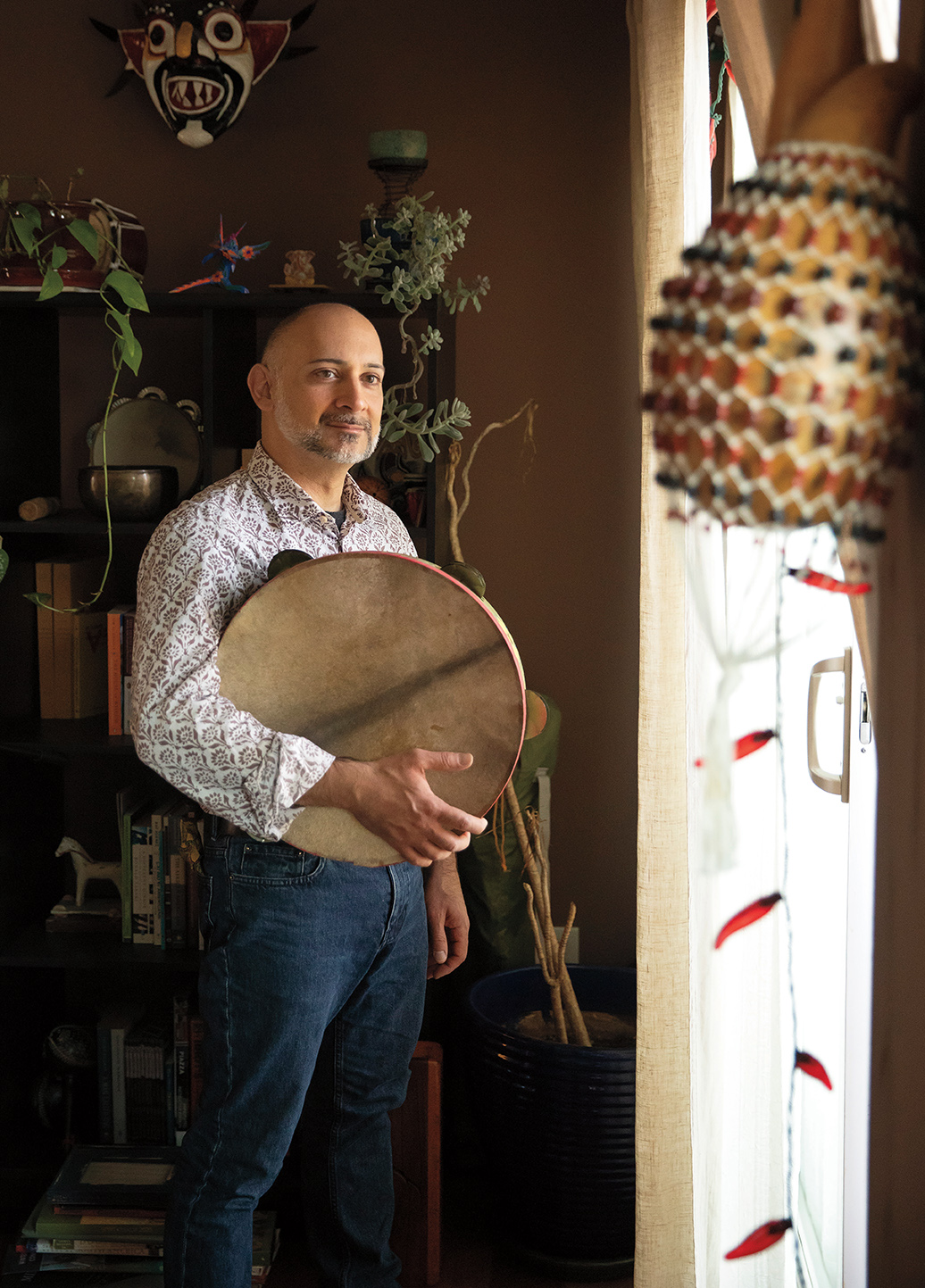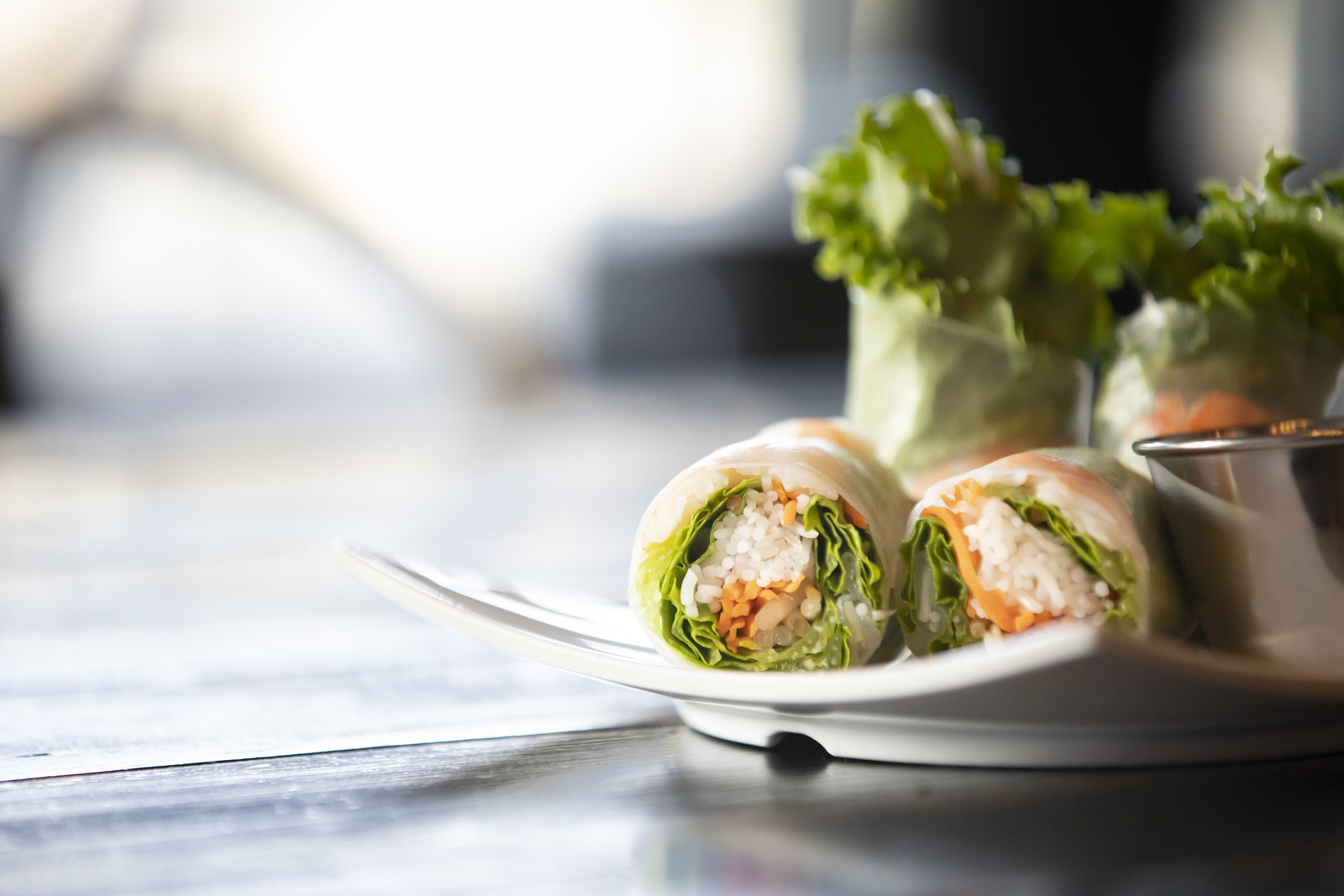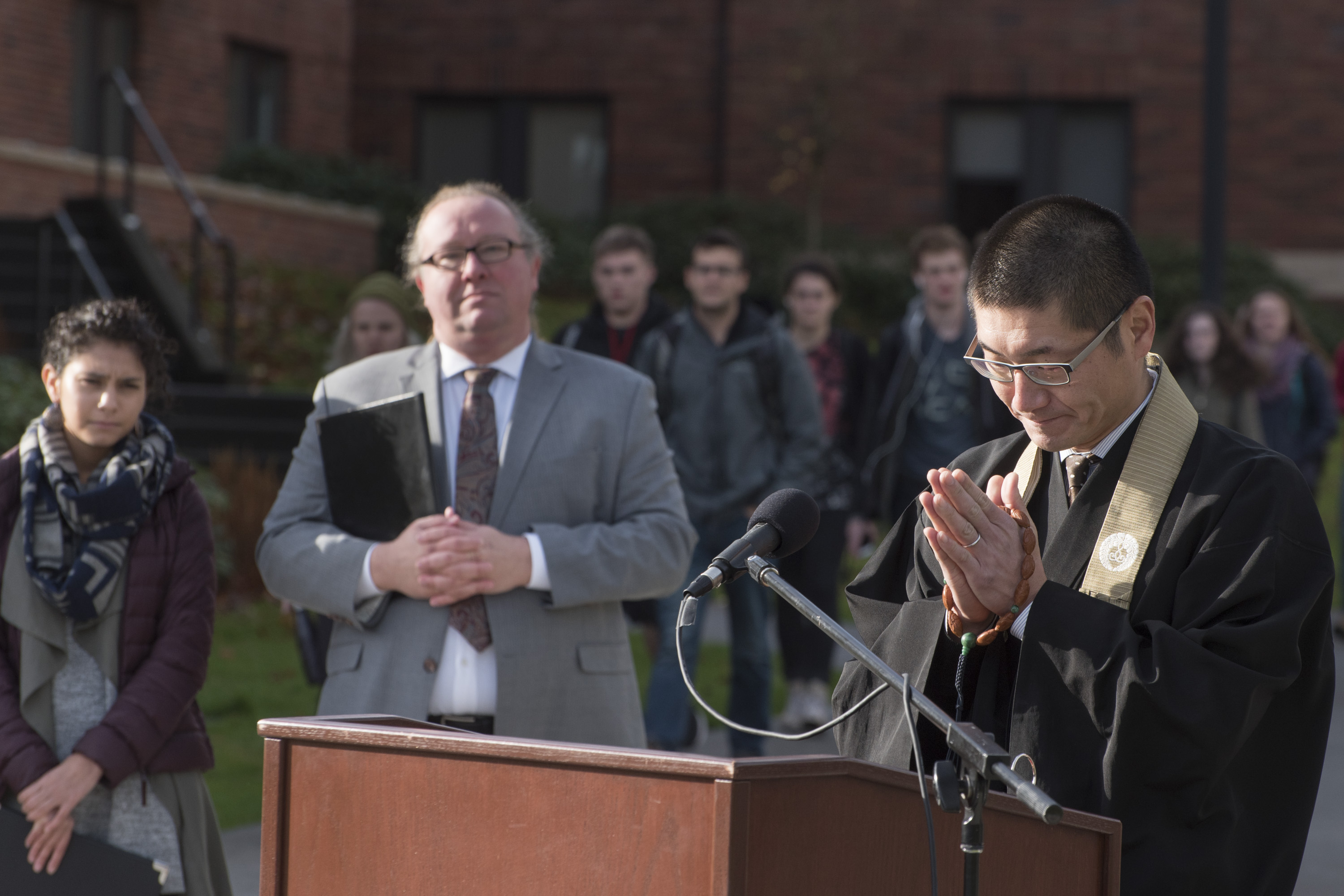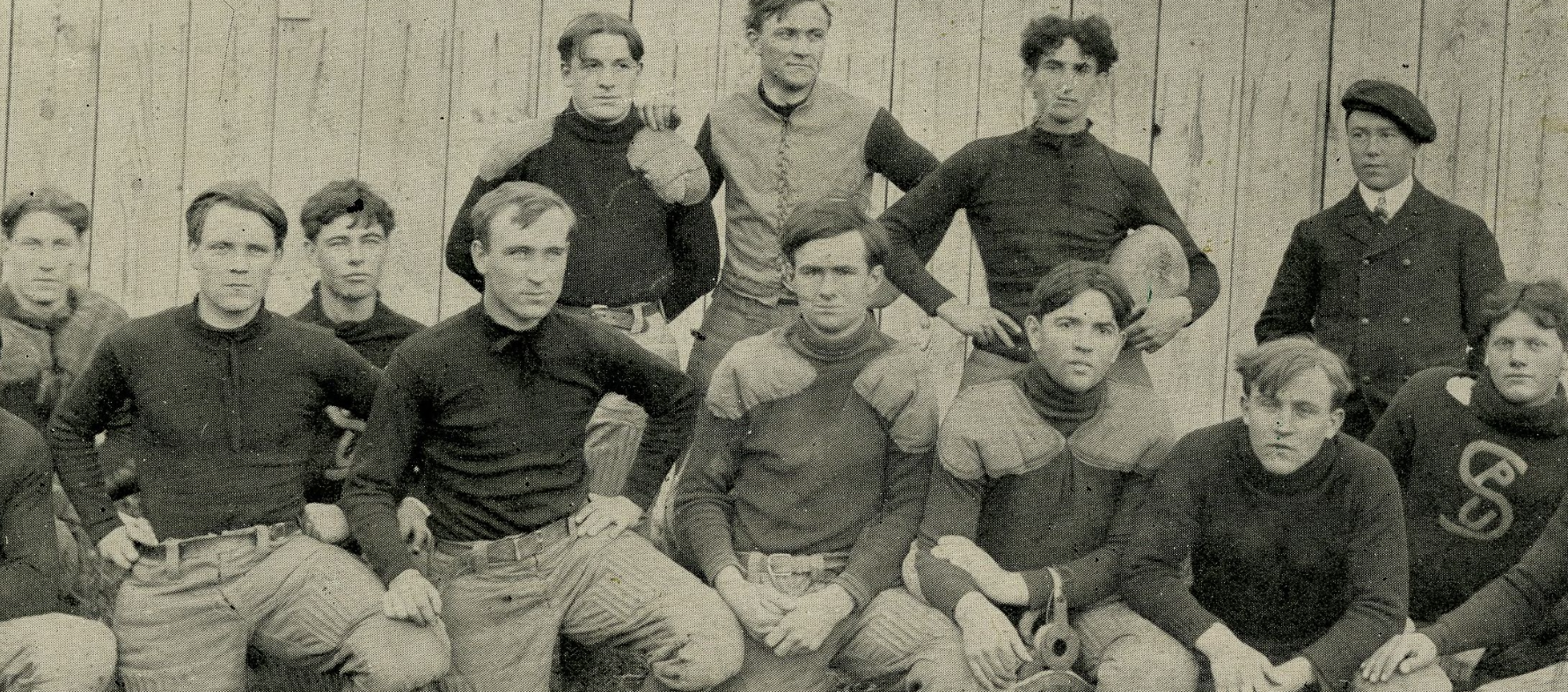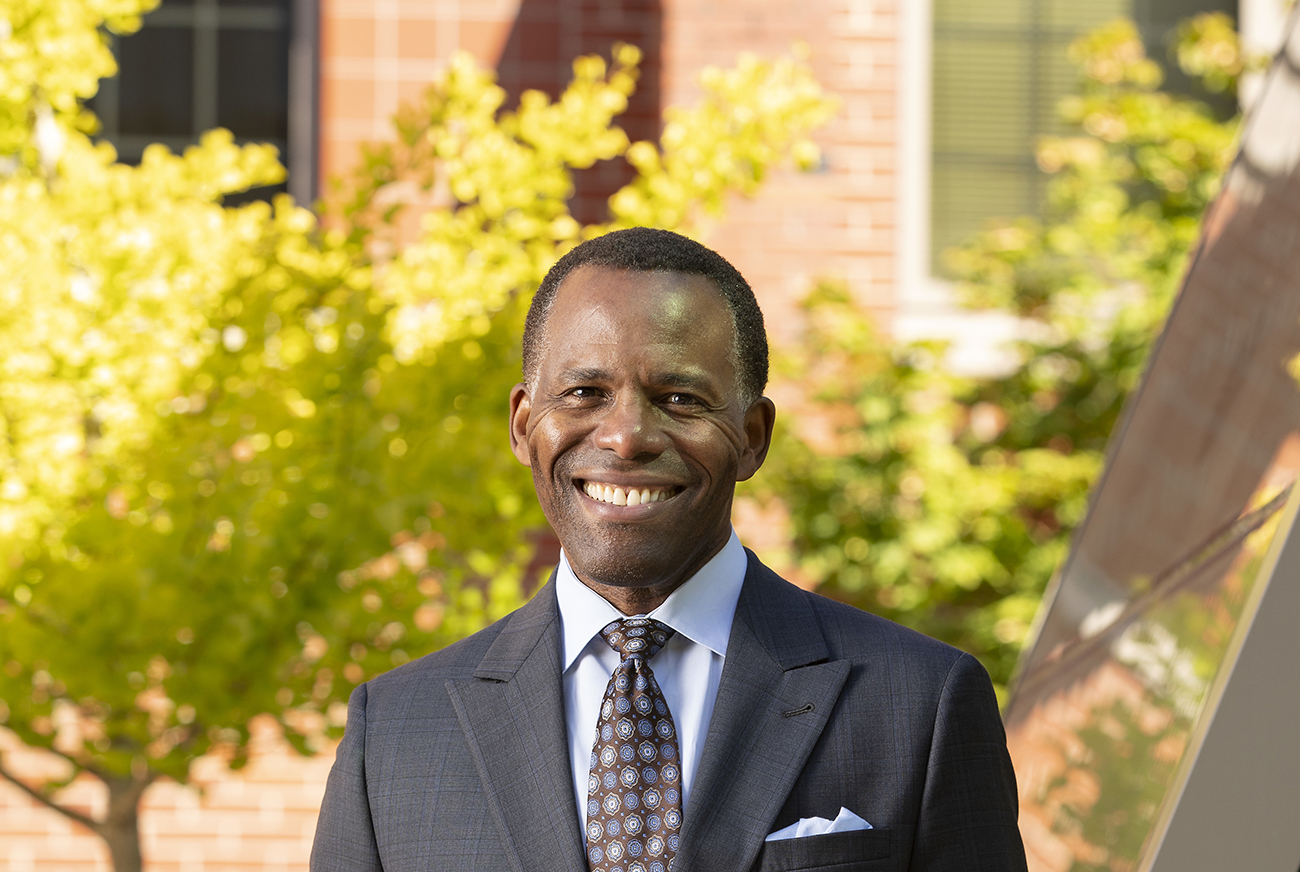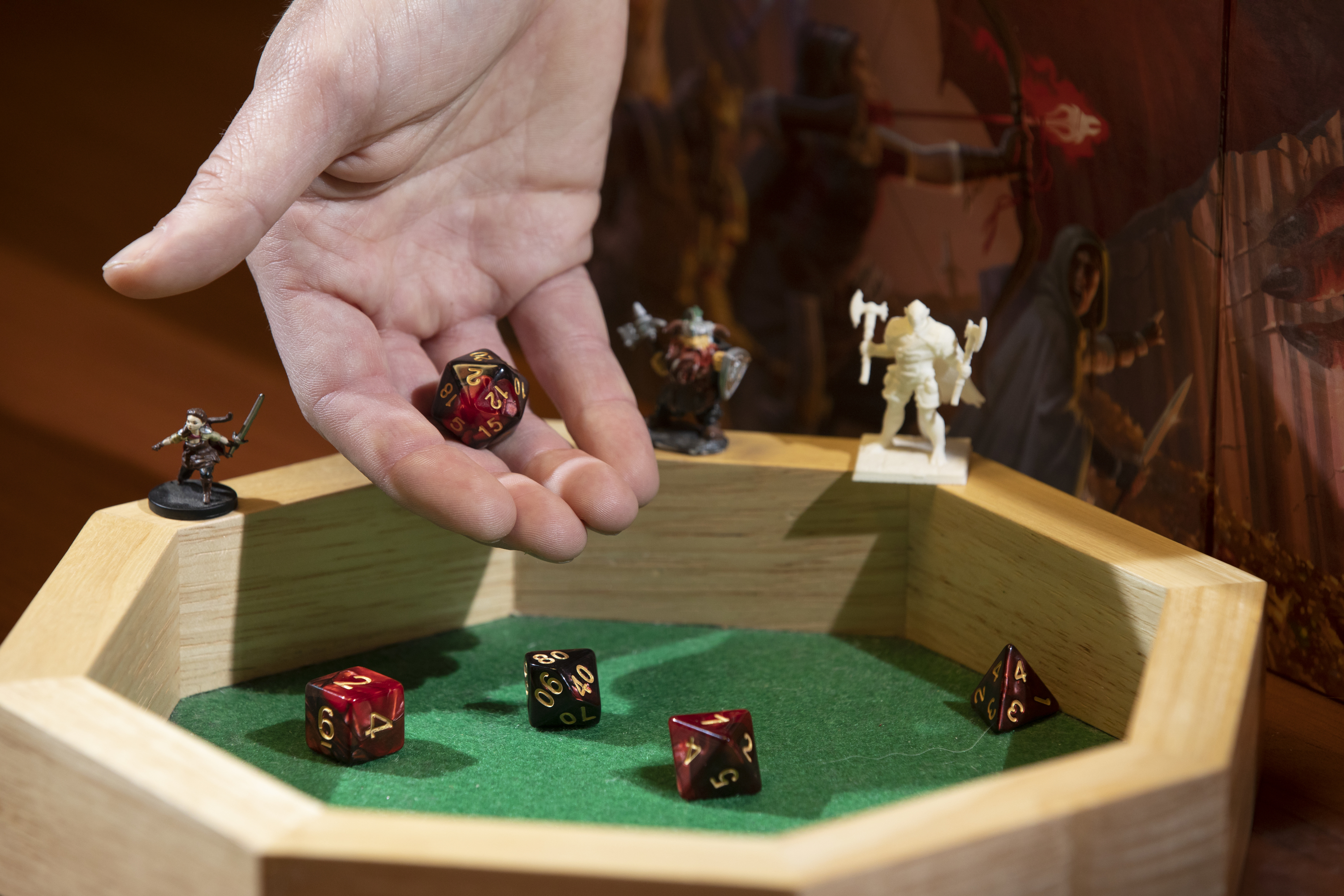How a few courageous students led a Tacoma Pride movement on campus that spread across the city
Late into the night of July 11, 1997, Jenn (DeLury) Ciplet ’98 and a group of friends were dipping Styrofoam cups into bright colors of paint. They were members of the student club United Methodists (UMeth), and they had a mission.
The following day, the group brought the cups to the fence surrounding the track outside Memorial Fieldhouse on the University of Puget Sound campus, and stuck them through the chain link in a large arc: first red, then orange, yellow, green, blue, purple. The Styrofoam rainbow signaled the location of the Tacoma Pride Festival, the first to be held in the city in 12 years.
“It gave great visibility to it,” Jenn says of the rainbow. “People could see exactly where they were going.”
Hosting a celebration of LGBTQ identity was a bold move for the college in the ’90s, and it took a monumental effort by several committed students. Steve Gillis-Moore ’97 was one of the instigators. A week before the event, he’d sent out an invitation via email to a large group of allies. “Plan to attend the historic rebirth of Gay Pride in the Tacoma/Pierce County area,” he wrote. “There is a large community of gay folks in Tacoma, and this event will provide the visibility our growing community needs.”
Visibility, in terms of being out and proud, was something that Steve had thought a lot about during his time at Puget Sound. As a first-year student, he started attending the now-defunct “As Is” Coming Out Support Group, which gave him confidence and community. “I was very slow to come out,” he says. “It took me two solid years to finally not beat around the bush about it.”
Steve also joined the student club for LGBTQ students and allies, then called Understanding Sexuality (US), and got involved in the Greater Tacoma LGBTQ community. He volunteered for the Pierce County AIDS Foundation (PCAF), which held an AIDS walk every year. That’s where he met James Spencer, then a recent graduate of The Evergreen State College who worked at PCAF, and the two friends started talking about organizing a Pride festival in Tacoma.



